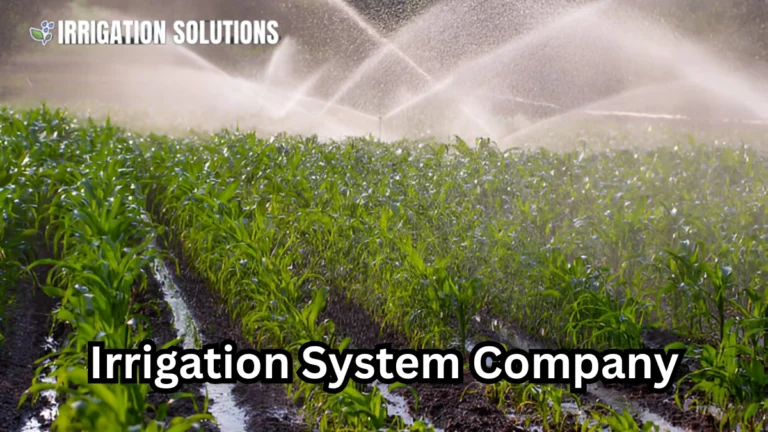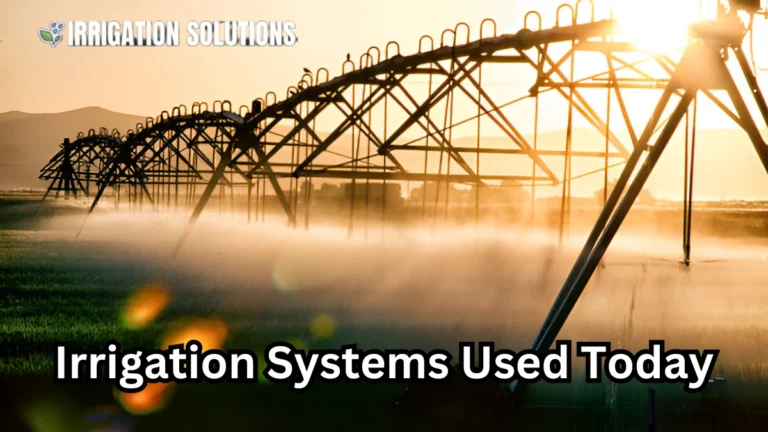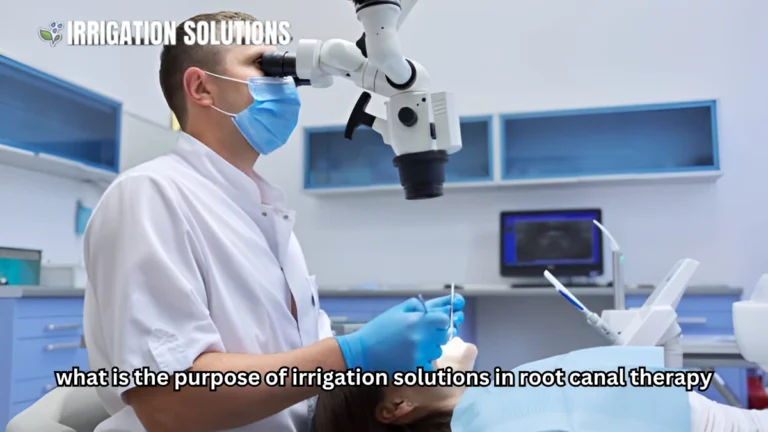Top Commercial Irrigation Installation

Proper irrigation is essential for maintaining healthy landscapes and conserving water in commercial properties. A well installed commercial irrigation system can significantly improve the efficiency of watering large spaces, saving time, money, and resources. This guide will walk you through everything you need to know about commercial irrigation installation, from planning to maintenance and beyond.
What Is Commercial Irrigation Installation?
Commercial irrigation installation is the process of setting up advanced watering systems to manage and maintain large-scale landscapes like parks, sports fields, corporate campuses, and agricultural fields. Unlike residential systems, commercial installations are designed to handle extensive areas, ensuring even water distribution while optimizing resource use.
Benefits of Commercial Irrigation Systems
Water Conservation
Modern irrigation systems come equipped with smart controllers and sensors, reducing water waste by delivering precise amounts of water where needed. For example, a smart irrigation system can lower water usage by up to 50% in some cases.
Cost Savings
Although installation costs may be high, the long term savings on water bills and reduced maintenance make it a worthwhile investment. A properly installed system prevents overwatering, saving both water and money.
Enhanced Landscape Health
Uniform and consistent watering ensures that plants, grass, and trees thrive. This reduces the chances of dry patches or overwatered areas, promoting an overall healthier landscape.
Steps to Install a Commercial Irrigation System
Planning and Site Assessment
The first step in any successful installation is conducting a thorough site assessment.
- Soil Type: Identify soil characteristics, as sandy soil requires more frequent watering than clay soil.
- Water Source: Choose between municipal water, wells, or rainwater harvesting.
- Landscape Features: Map out flower beds, lawns, trees, and paved areas to determine water requirements.
Designing the System
Proper design ensures efficiency and effectiveness.
- Divide into Zones: Group plants with similar water needs into separate zones.
- Calculate Water Flow: Ensure that the system matches the property’s water pressure and flow rate.
- Sprinkler Placement: Place sprinklers strategically to prevent oversaturation and dry spots.
Choosing the Right Equipment
Selecting high quality components is crucial for system durability.
- Pipes and Valves: Use durable materials like PVC for pipes and weather resistant valves.
- Sprinkler Heads: Choose from rotary, spray, or drip emitters depending on the area.
- Smart Controllers: Invest in programmable controllers with weather based adjustments.
Installation Process
- Trenching: Dig trenches for laying pipes. Ensure they are deep enough to avoid damage.
- Pipe Laying: Install main lines and lateral pipes according to the system design.
- Connection to Water Source: Connect the system to the main water supply.
- Installing Sprinkler Heads and Emitters: Secure components at designated locations.
- System Testing: Check for leaks, uneven water distribution, or pressure issues.
Common Challenges During Installation
Water Pressure Issues
Low water pressure can result in uneven watering. Installing a booster pump or resizing pipes can resolve this.
Weather Conditions
Rain, snow, or extreme heat during installation can delay the process. Always check forecasts and plan accordingly.
Soil Compaction
Compact soil can restrict trench digging and water infiltration. Use aeration techniques to prepare the soil.
Table: Comparison of Sprinkler Types
| Sprinkler Type | Best For | Coverage Area | Water Efficiency |
| Rotary Sprinklers | Large open areas | Wide | Moderate |
| Spray Sprinklers | Smaller spaces | Limited | Low |
| Drip Emitters | Trees, shrubs, beds | Targeted | High |
Maintenance Tips for Long Lasting Systems
Once the system is installed, regular maintenance ensures longevity and optimal performance.
- Check for Leaks: Inspect pipes and valves periodically for signs of wear or damage.
- Clean Sprinkler Heads: Remove debris to maintain water flow and coverage.
- Seasonal Adjustments: Update watering schedules based on seasonal changes.
- Winterization: Drain pipes and protect equipment in colder climates to prevent freezing damage.
Case Study: Successful Installation
At Greenfield Corporate Park, a smart irrigation system was installed across 20 acres. By using weather based controllers and drip emitters, the park reduced water usage by 40%, saving over $15,000 annually. Employees also reported a noticeable improvement in the landscape’s appearance.
Environmental and Economic Impact
Investing in commercial irrigation systems supports sustainability. Efficient systems reduce water waste and energy consumption, lowering a property’s carbon footprint. For instance:
- Switching to weather based controllers can save 8,800 gallons of water annually per acre.
- Using recycled water for irrigation contributes to environmental conservation.
Future Trends in Commercial Irrigation
The future of commercial irrigation installation is shaped by technological advancements and eco-friendly practices.
- IoT Integration: Smart systems connected to the Internet for real time monitoring and adjustments.
- AI Based Controllers: Predict water needs based on weather forecasts and soil conditions.
- Solar Powered Systems: Sustainable energy solutions for powering pumps and controllers.
Conclusion
A well designed and properly installed commercial irrigation system is essential for maintaining vibrant landscapes while conserving water and resources. From initial planning to ongoing maintenance, every step plays a critical role in achieving optimal results. By adopting smart technologies and sustainable practices, you can ensure your commercial property stands out with lush, healthy greenery.






